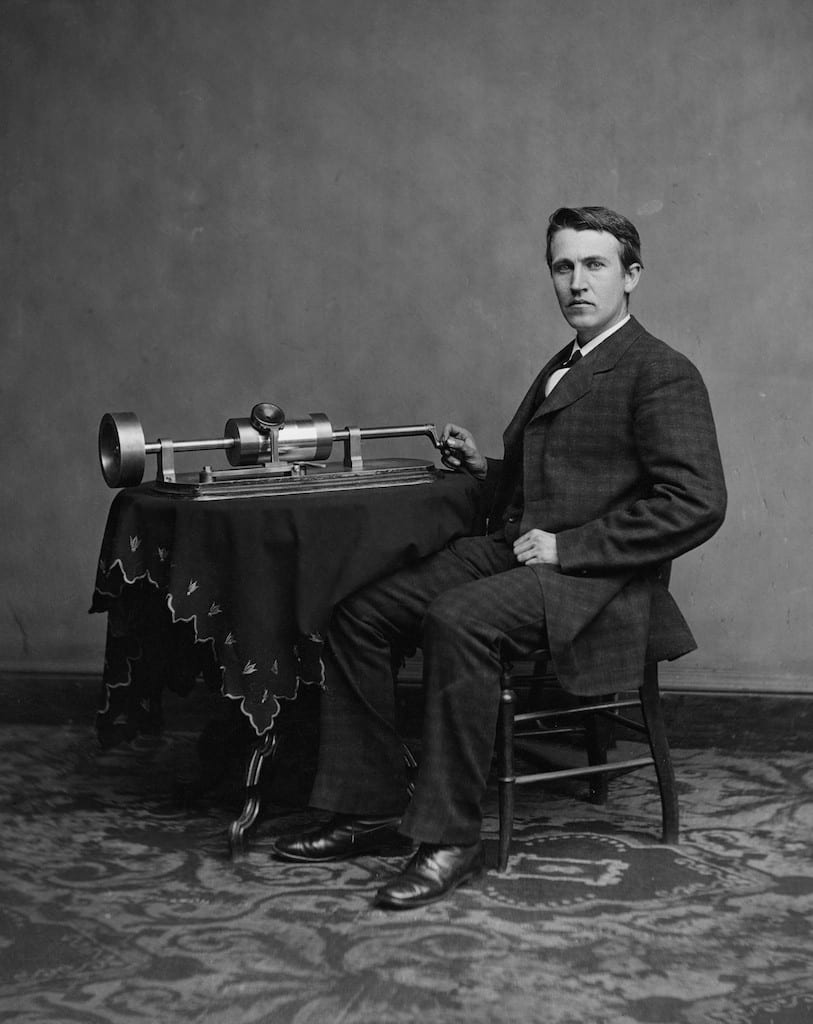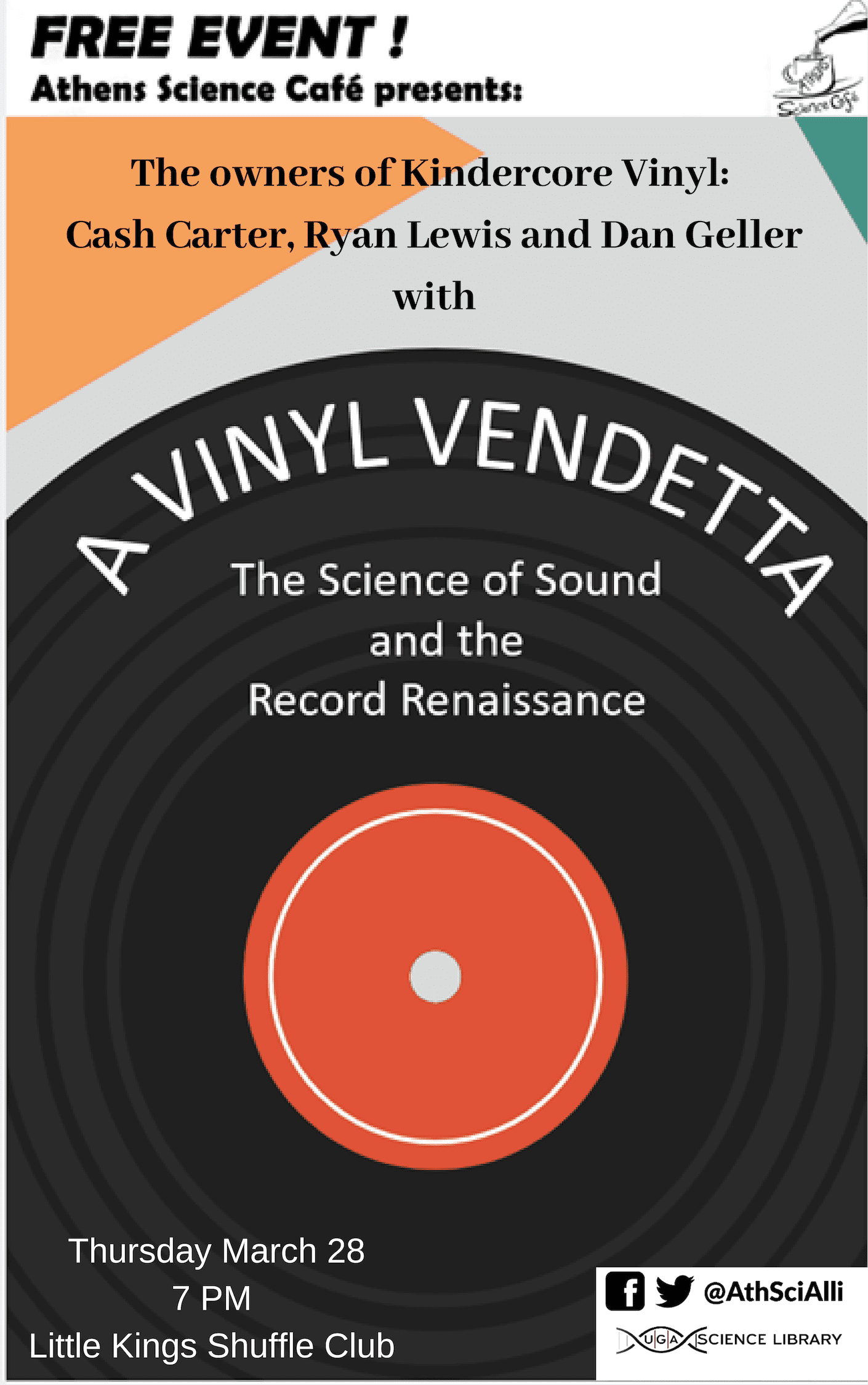From providing a soundtrack for our road trip to elongating an awkwardly silent elevator ride, music finds its way into every niche of our lives. It is a luxury that many of us not only enjoy, but hold a deep emotional connection to. Today, a selection of mediums to listen to our favorite songs is widely available – our phone, the radio, a cassette tape, a CD – but those mediums were built on the foundation of the record player.
A Brief History
The record player, originally called the phonograph, was the first device where audio could be recorded and played back. It was invented by none other than Thomas Edison, the inventor of the light bulb among other things. Edison's prototype was born in 1877 out of tinfoil, a cylinder, two needles (one for recording and one for playing it back), and a hand crank. To test his newly minted contraption, he recited “Mary had a little lamb†into the mouthpiece. When the cylinder was rotated back, his voice came out just as it went in. You can actually hear the recording here. The phonograph garnered the attention of the world, being the first contraption to record and play music – a convenience we often take for granted. With the phonograph as the foundation, Edison's prototype evolved into the single-needle modern turntable we use today.
How it works
Though Edison was deemed a wizard after his invention, the mechanisms on how a record player works are surprisingly straightforward. When Edison spoke into the mouthpiece to recite that nursery rhyme, the needle took those discrete vibrations and physically etched them into the tin foil wrapped around the cylinder. To play it back, the second needle followed the etched grooves, relaying those vibrations to a diaphragm where the sound was then amplified into a flaring horn. The modern record player takes after this same concept – the needle translates the tiny, unique grooves that are pressed into the vinyl record. That needle relays the message to a coil, which is turned into an electrical signal, allowing us to listen to that signal through speakers.

Closer to home
The way records are produced today is not that far from Edison's original design, either. In brief, recorded music is translated from a digital signal into vibrations, where a needle etches a lacquer as it spins. An impression is made from the lacquer, where it can be copied and mass produced by vinyl and a hydraulic press.
This process is still ubiquitous today, even more so with the vinyl resurgence in the past decade – it's also more local than you think. Right here in Athens, Kindercore presses vinyl for artists. Starting as a record label in the 1990s, Kindercore sought to embrace and expand the local music scene. Signing notable artists such as of Montreal and Dressy Bessy, the Kindercore record label became known around the world. Today, they have narrowed their focus to providing high quality vinyl pressings. To learn more about Kindercore and the science (and art!) of how we can enjoy music in its most grounded form, check out their Science Café Event on March 28th at Little Kings Shuffle Club.

About the Author
Simone Lim-Hing is a postdoctoral researcher at the University of Georgia Warnell School of Forestry and Natural Resources studying the host response of loblolly pine against pathogenic fungi. Her main interests are chemical ecology, ecophysiology, and evolution. Outside of the lab and the greenhouse, Simone enjoys going to local shows around Athens, playing Mario Kart, and reading at home with her cat, Jennie. You can reach Simone at simone.zlim@uga.edu or on twitter @simonelimhing. More from Simone Lim-Hing.
- Simone Lim-Hinghttps://athensscienceobserver.com/author/simone-lim-hing/March 11, 2024
- Simone Lim-Hinghttps://athensscienceobserver.com/author/simone-lim-hing/March 18, 2021
- Simone Lim-Hinghttps://athensscienceobserver.com/author/simone-lim-hing/April 1, 2020
- Simone Lim-Hinghttps://athensscienceobserver.com/author/simone-lim-hing/








